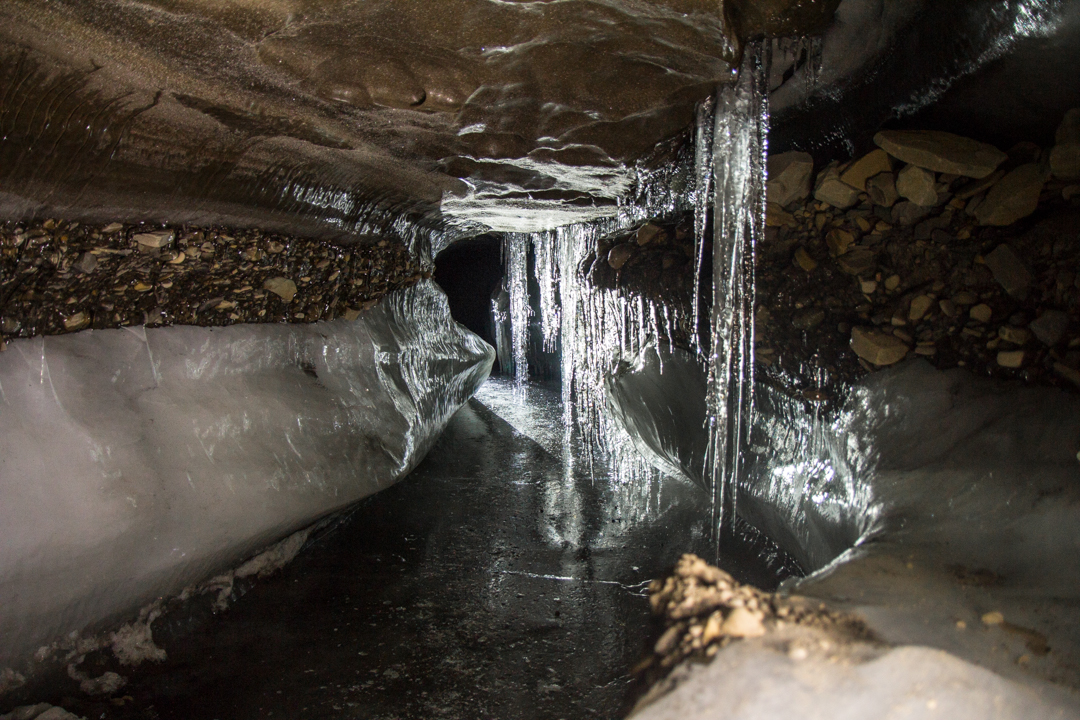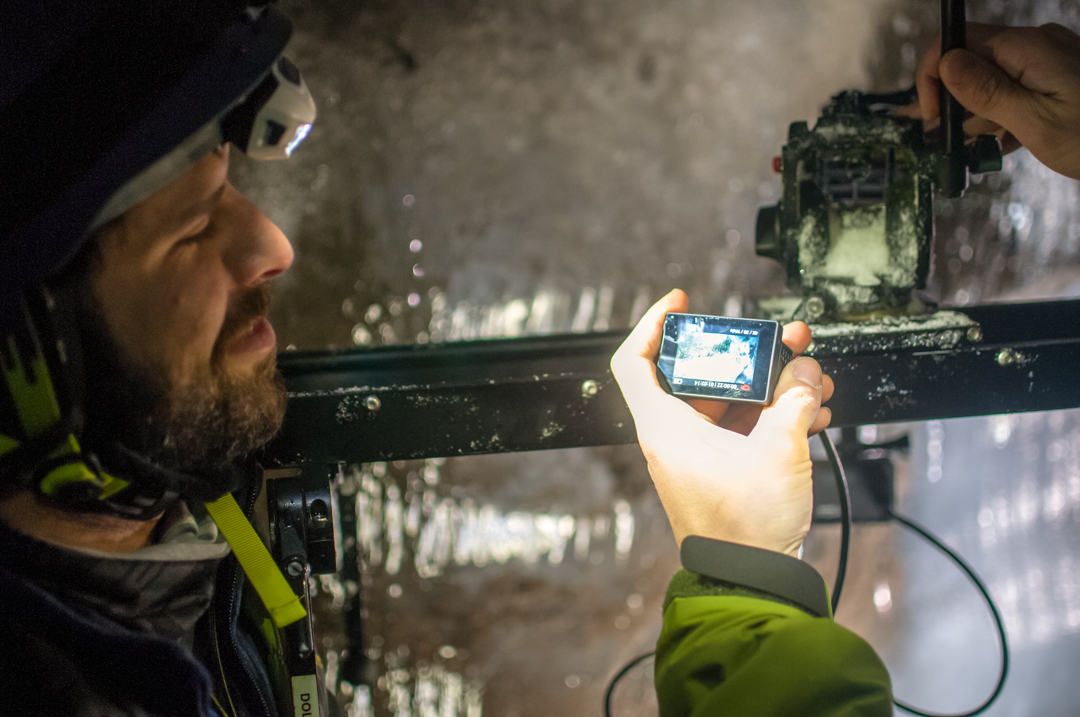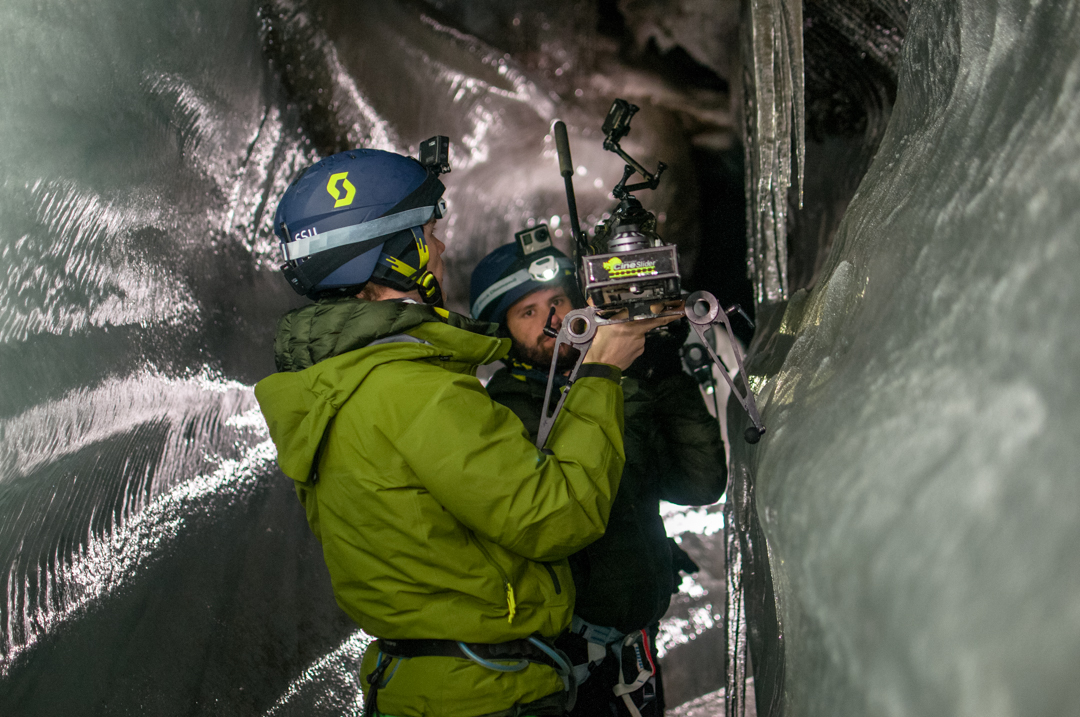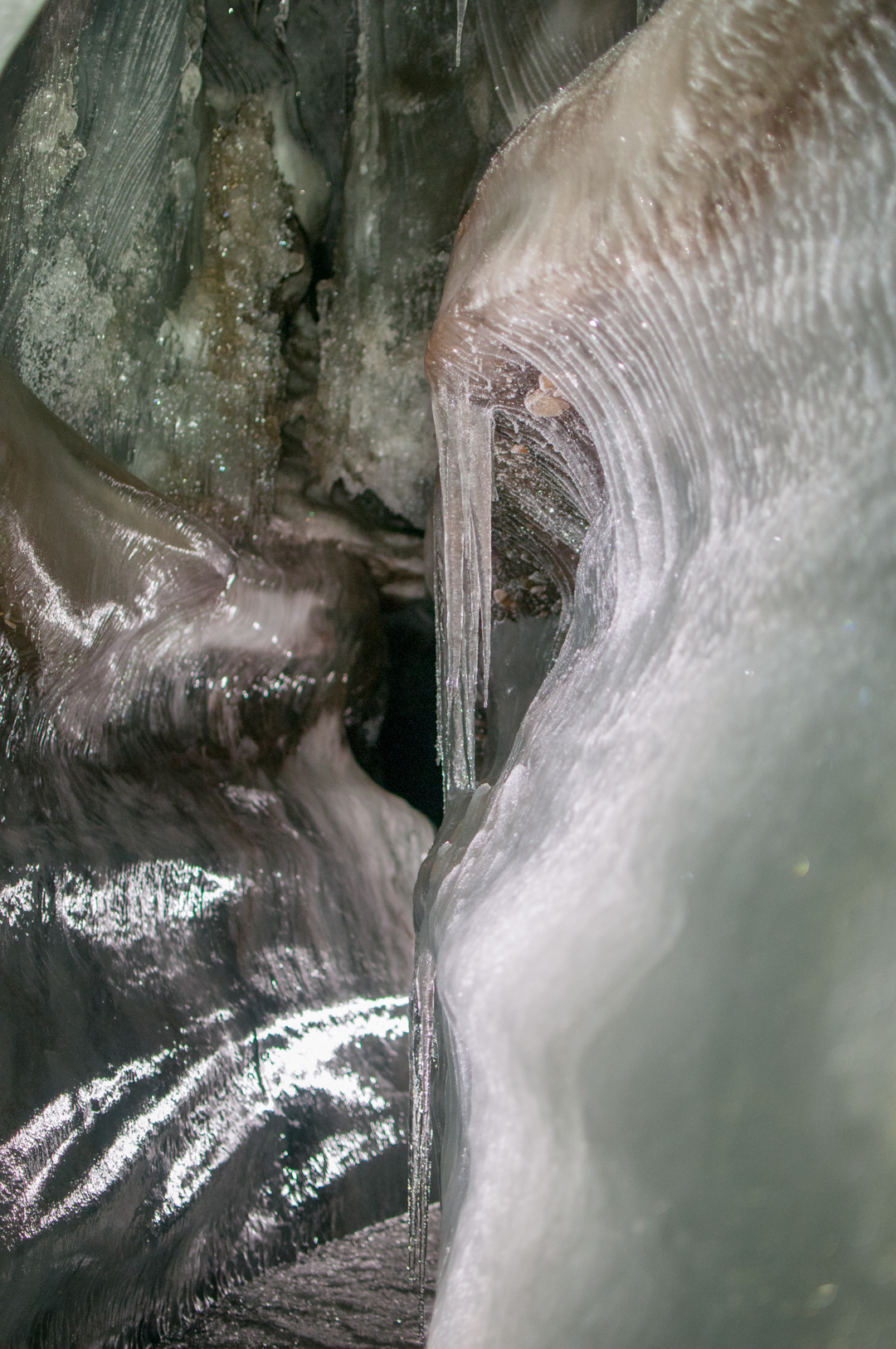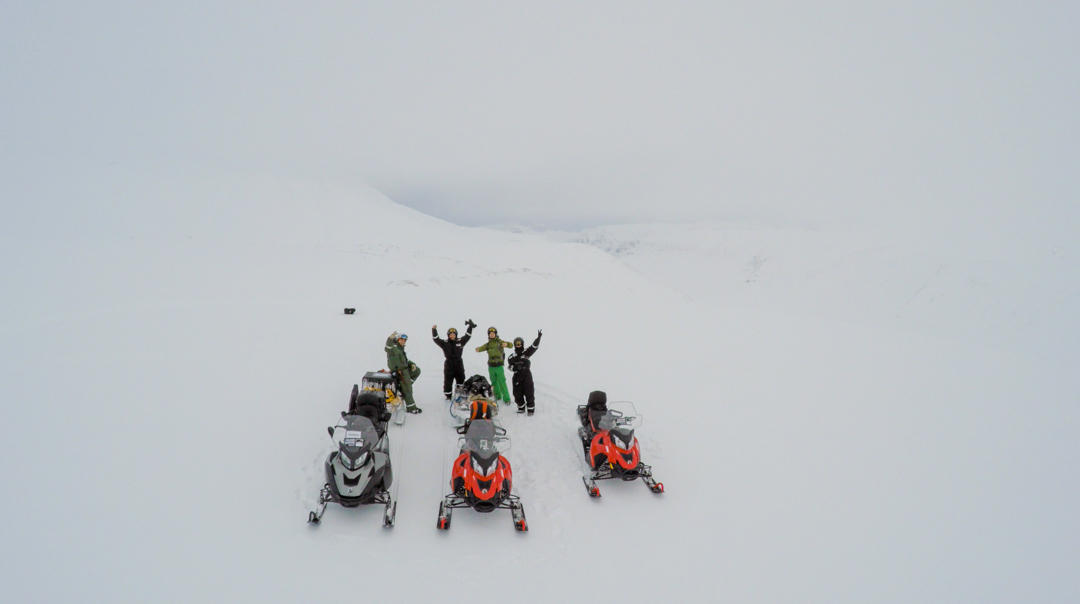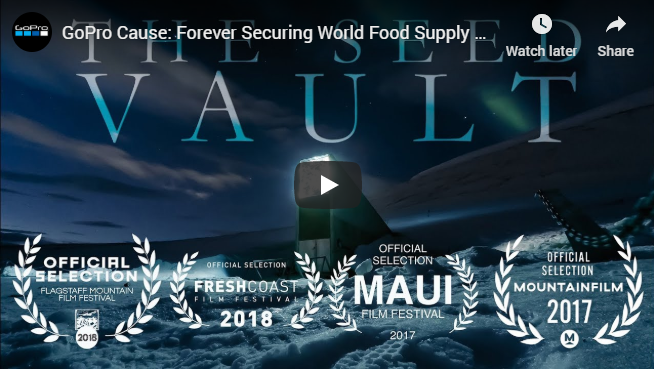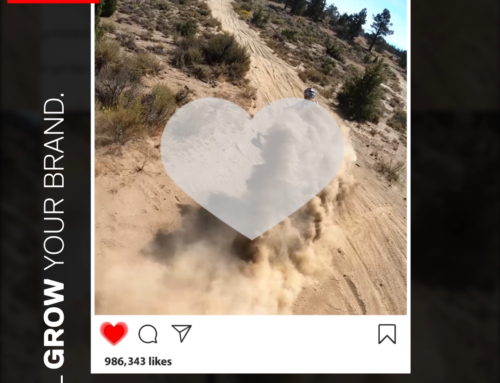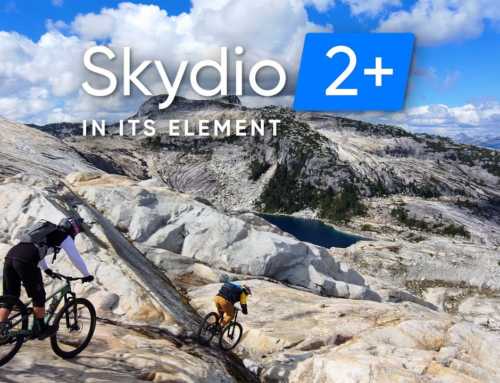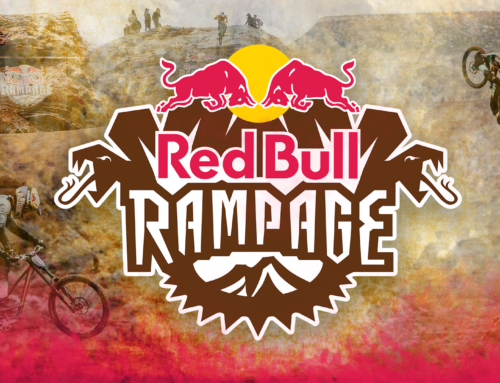“Hey Alex, would you be able to give me a hand?” The entire break area was littered with camera gear and accessories. Every type of case you would expect for a production, was out, half-packed. Lenses, GoPros, light kits, sound equipment, F-stop bags, ICU’s, Pelican cases.. all of it scattered. I navigated the land-mine field as a parent would meticulously maneuver around a child’s legos. “Sure..where ya goin’ ?” I said to my friend Daniel who had one arm in a sling as he tried to stuff a 6-foot slider into a hard ski-case.
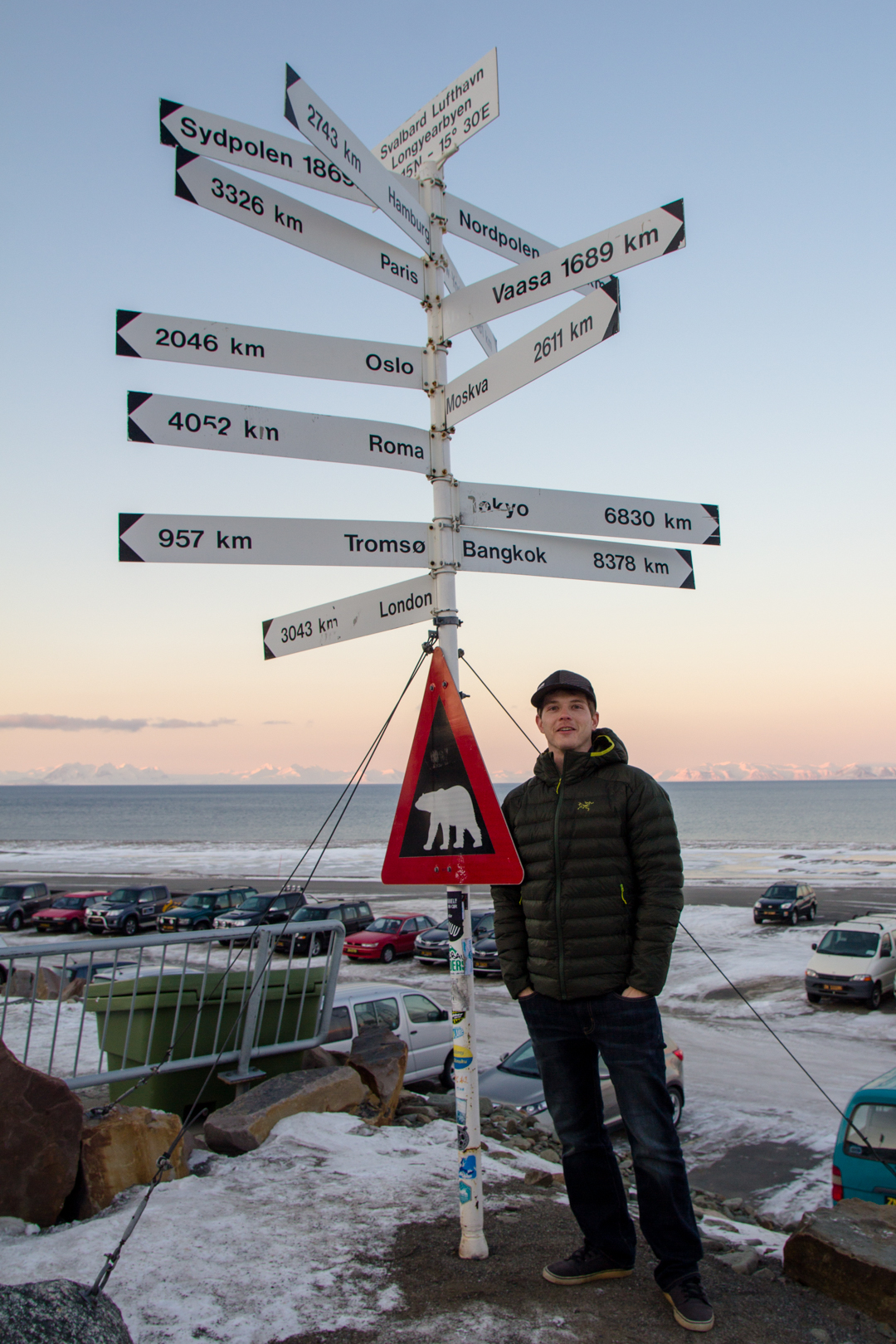

“The Seed Vault.” He said. A confused look washed over my face. I had no idea what a seed vault was, and it showed. Daniel continued, “This guy – Cary Fowler, built the ultimate backup doomsday seed vault in Svalbard. You know, in case we blow ourselves up and we lose a particular crop; like wheat. Could you imagine what that would do to the global food supply chain? (Life Pro Tip – when you hear the word ‘doomsday’ to describe something – it’s gotta be a place worth going to!) Well that sounds cool I thought to myself as I asked “Where’s Svalbard?” We tossed two costco sized boxes of hand warmers into a nearby pelican case. “It’s about 650 miles from the North Pole. The northernmost settlement in the world.”
My friend and colleague Mario, was also scheduled to go on this trip. Together, Mario and Daniel (with one arm in a sling) were to capture a ‘GoPro for a Cause’ story for the Global Crop Trust Foundation to raise awareness about the importance of preserving seeds and agriculture. There were about 13 bags of production gear, not including personal bags. About half of this was 360-VR gear, which was still a relatively new technology that required multiple rigs and cameras. I’ll let you do the math – but it’s easy to see where a few more hands would come in handy – literally.
I spent the next two days prepping and raveging through REI (where I also worked part-time for 12 years). I loaded up on the thickest smart-wool socks I could find, along with some quality layers and shells. I previously lived in Jackson, WY for a winter season and knew what ‘cold’ felt like (It got to -25f a few nights!). But I had never been to the Arctic, so I didn’t want to skimp. During my time in Jackson, I worked for TGR – a ski/snow production company and ironically almost had a chance to go to Svalbard for the filming of Jeremy Jones ‘Further’ film. I knew it would be cold and my two week production would be miserable if I brought the wrong attire. The inside of the Seed Vault was kept at -18c (or 0 F). Not exactly the stereotypical California flip-flop weather.
Together myself (Alex Hogue), Mario, and Daniel arrived at San Francisco International airport. We boarded a flight to Germany, then Oslo (Norway), Tromso (Norway), then Longyearbyen, Svalbard – a distant archipelago north of Norway. This was actually my first (ever) international travel, so even though travel took two days (with layovers) – I didn’t mind one bit.
Over the next two weeks our wolfpack trio would grow close, and share some wonderful life moments (including how many times I would sacrifice my body for the sake of camera equipment while slipping on solid sheets of glacier ice with gear in-hand). I couldn’t have asked for a better crew.
“Where’s Svalbard?” We tossed two costco sized boxes of hand warmers into a nearby pelican case.“It’s about 650 miles from the North Pole. The northernmost settlement in the world.”
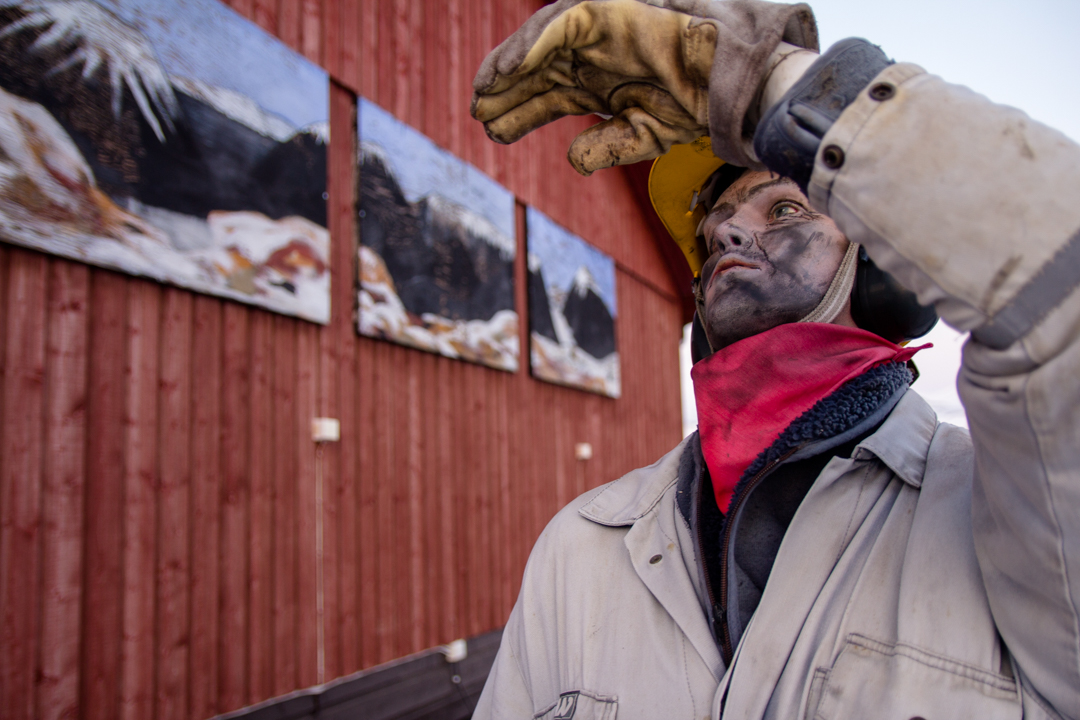
Statue of a miner, easily noticeable when you first get into the town of Longyearbyen, known in past decades for its mining.
Longyearbyen, Svalbard
Longyearbyen, Svalbard is your typical town suburban town. You know – you can’t leave town without a rifle, there’s more polar bears than people, cats are illegal, and oh yea — it’s illegal to die there. True story, look it up.
Somehow all of our bags made it to this tiny airport which only has one flight daily. Massive win. My F-stop bag was on my back the entire time (I lied: it spent most of the time under the seat or in the overhead bin). It was my in-flight carry-on and had all the essentials: a light weight jacket, travel pillow, laptop, DSLR, GoPro and a slew of snacks.
The next two weeks presented some challenges. We had envisioned these beautiful sunny shots – but it was overcast or snowy 85% of the time. When the sun came out, we dropped everything to get outside beauty shots (which also made continuity a bit challenging). In addition, as expected – the cold took a toll on the batteries. For timelapses and on the VR rig, and GoPro’s we would rubber band hand warmers around the cameras. Spare batteries for cameras, drones, lights, and audio gear had to be stored inside insulated soft lunch pales that I then stuffed into my Loka. Even with all this, the batteries would often die within minutes inside the seed vault. Suddenly all the extra equipment we brought that I thought was unnecessary was totally essential.
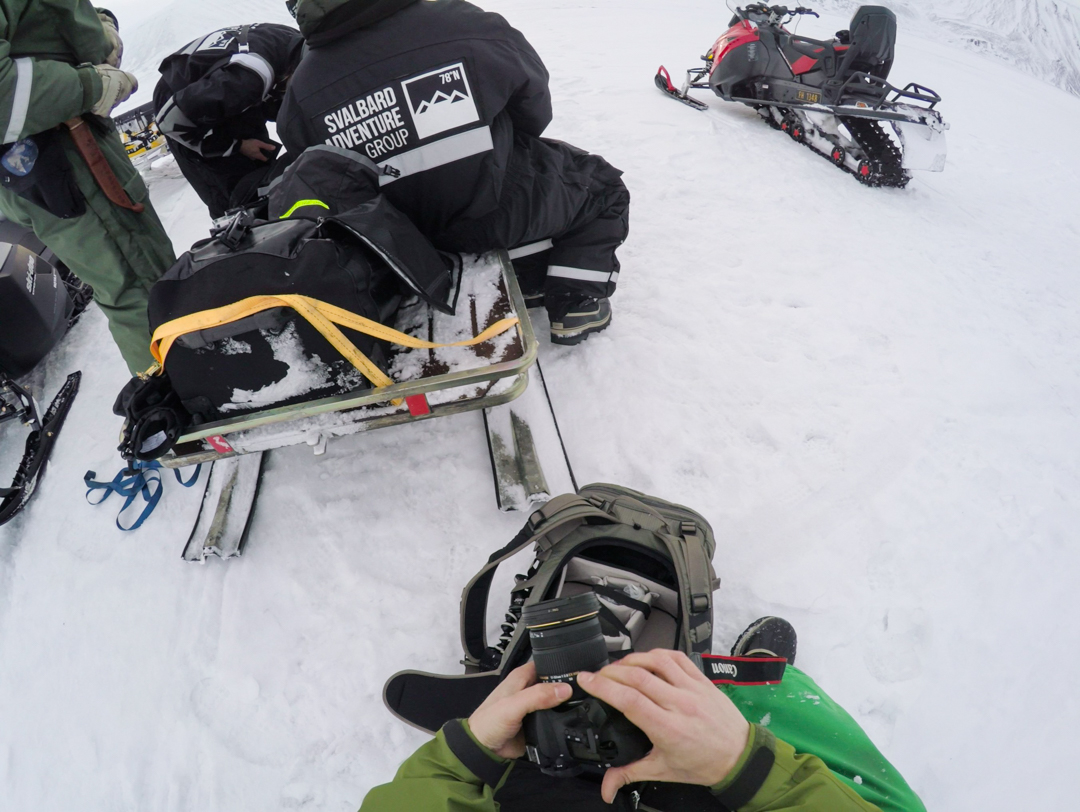

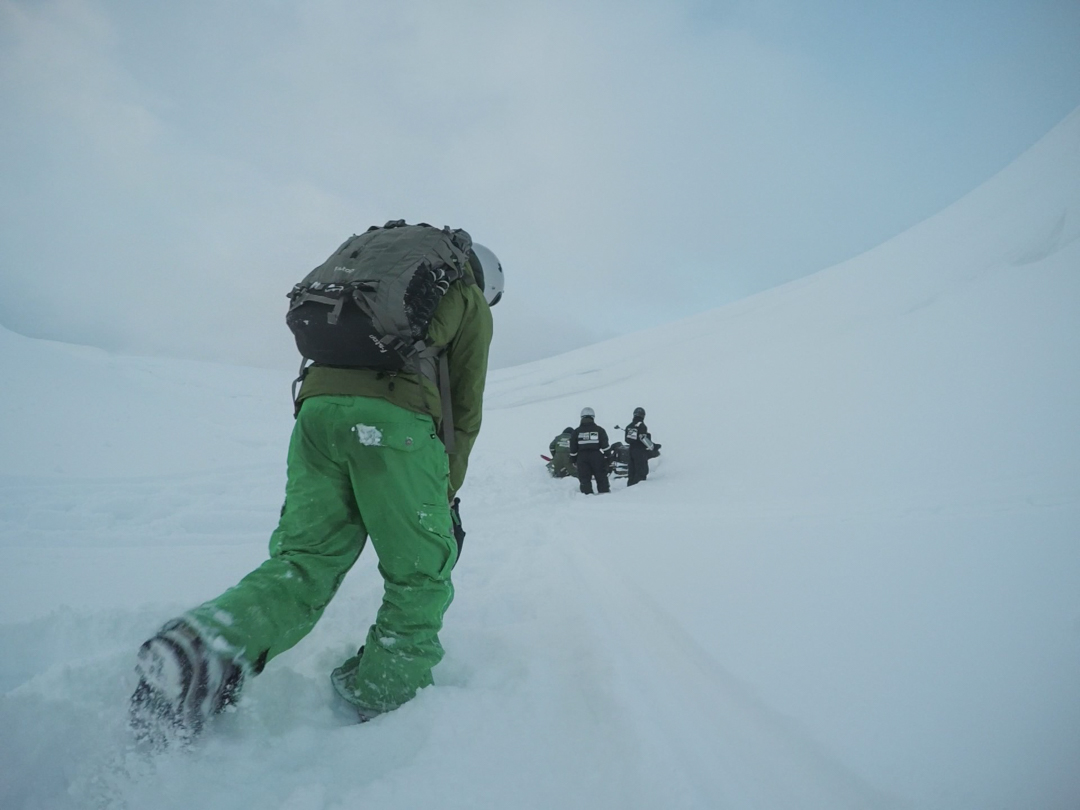
Another thing in the Arctic – the days are short (or non-existent) when we arrived, it looked like sunset all day long. How incredible is that? Each day we would gain about 20 minutes of sunlight. This meant a lot of low light filming, lugging around battery powered lights. There were times I thought my F-stop would burst open at the seams I had so much in there and strapped on. That never happened, not even close. It became obvious why high-quality gear is essential, you never know what you might need to do in those environments.
Some days our wolfpack and a local guide took snowmobiles for full day trips across the snow-covered tundra to capture b-roll. We became friends with the guides we would hire – because for them this was new and exciting, not just your everyday tourism tour. We got full VIP status treatment, and would then go out to share a beer the next night. Fridrik – one of our guides took us another day to a ice cave he had just discovered 2 days prior. Aside from him and his friend – no one had ever been in there to our knowledge. WOW. I have never felt more like a true explorer, and it’s because of him we got to go inside.
He backed up his snowmobile, anchored it deep in the snow and the 4 of us repelled down about 25 feet into a hole in the ground that had only seen its first human activity 2 days prior when Fridrik and his friend discovered it. This isn’t where he takes his tours, that’s for certain. The cave continued on for a few miles. We climbed, slid, and very carefully (so as not to damage) navigated our way through. Without lights, it was the darkest place ever. You couldn’t see your hand if it was on your nose. It was cold, but without wind – it was very manageable and I was on such a high that I didn’t care. It took us about 3 or 4 hours to navigate through to another opening. All along the way we recorded some of the most beautiful footage I have ever shot. Icicles from top and bottom – it was like walking through a crystal palace. We had no idea if this would ever make the video – but we had to shoot it anyways.
Since we had to crawl through tight sports, climb and repel – bringing a lot of gear was not an option. We each had F-stop bags loaded to the max some battery powered production lights, high-powered headlamps, water, meal packs, DSLR, and about 20 GoPro’s, some gimbals, a 4 foot slider, and more. Because of the tightness of the cave at times I would have to take off my F-stop Loka and slide it ahead of me, down a 30 yard ice slide by itself without things being damaged (Fridrik named it the penguins slide).
On the snowmobile rides back we would rip through the snow, then go play in some deep snow, get the sleds stuck and do it all over again. We would have trailers behind our sleds, where the f-stop bags, and everything else would be strapped down. By the time we would stop, it would all be doused with snow and ice, but the bags held up.
Tips, tricks? What would I do differently? Honestly our setup worked pretty well. For stuff like this, I would recommend keeping lots of carabiners and ways to attach things to your bag. At any given time I would be carrying multiple layers on me, sliders, tripods, hand warmers, and a slew of every GoPro mount imaginable. I also wish I would have found a way to carry my DSLR more so I could have gotten more personal shots. Since I was there for work on a GoPro production, I needed all the space I could get for necessary production gear. We were a small gorilla team, and carry travel capacity was a real concern. We had to be very selective about what to bring each leg of the shoot.
It was our final evening before catching an aluminum bird back to California. Riding the snowmobiles back toward the town of Longyearbyen, we stopped on the opposite side of the snowy fjord. Across the snowy fjord we stared at the tiny town of longyearbyen, a village nestled among a valley of mountains and permafrost.
Tomorrow the locals would celebrate the changing of seasons. The sun would finally rise high enough in the sky to create the first direct sunlight on the church steps in many months. But tonight, the sun was setting, very slowly. It was then that I had a life changing memorable moment. March 6th 2016, 17 years to the day since the last day I saw my dad before he passed of Cancer when I was ten. I sat here breathing the crisp air and taking it all in. ‘I may never be back here’ I thought to myself, but I’m grateful I made it in the first place. There were so many thoughts rushing through my mind, yet there was a strange calmness about life itself. I was going to enjoy every second of that moment. The beauty and peacefulness of a world so far away brought clarity to the values and importance of my own life. Now, as I look ahead – I hope to find a way to make more of these great life moments. But why stop there? I want to bring these moments to others to share. I believe true happiness is shared. I don’t yet know how exactly I do this, but if you’re reading, you’re already part of my journey.
Watch and donate to the award winning GoPro For A Cause film:
Thank you F-stop for being a part of my expedition, and sharing this story to the world, to help me on my quest not just to motivate, but to empower.
If you enjoyed this story, let me know in the comments below. Greatly appreciated!

